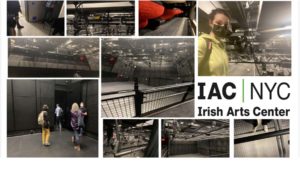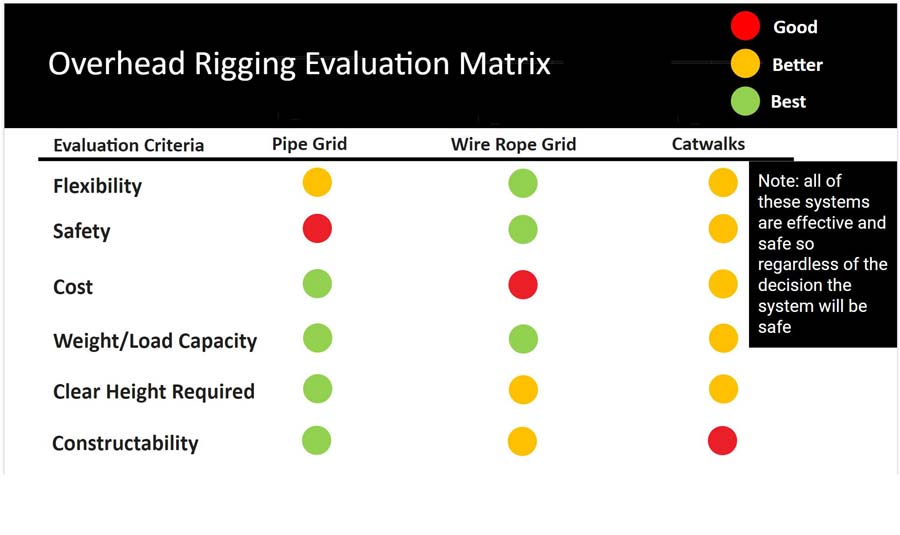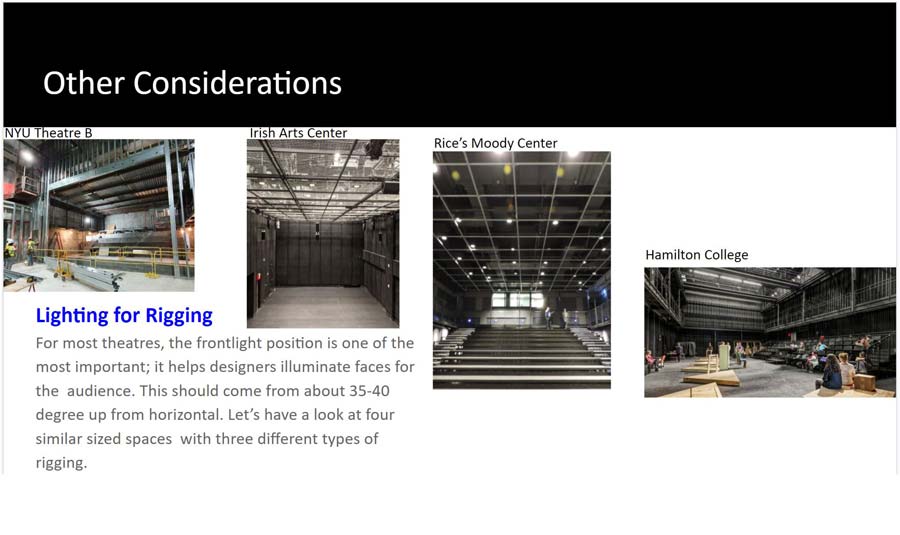ASTC Mentorship
The American Society of Theatre Consultants (ASTC) created a new mentorship program in 2021, with the goal of introducing our profession to students at the high school level. The ASTC’s Outreach and Education Committee recognized that very few people are aware of theatre consulting as a career path, particularly in under-represented communities. The committee set out to develop a program designed to promote equity, and encourage applications from women, members of minority groups, people with disabilities, and anyone who doesn’t currently see themselves significantly represented in our ranks. The first participant was Elana Rappaport from LaGuardia High School in New York City. Peter Rosenbaum, ASTC, of Fisher Dachs Associates, led the effort along with his colleagues.
Elana will graduate in the spring of 2022 from LaGuardia H.S., a visual, musical and performing arts magnet public school. Her mentorship with the ASTC ran from September 2021 through March 2022, culminating in a presentation to the ASTC membership at the Spring business meeting, held in conjunction with the USITT Conference in Baltimore. Elana was also able to attend conference activities.

Elana visited several theatres in various stages of completion. This is her visit to the Irish Arts Center in New York City.
During the course of the year, Peter, other ASTC consultants, as well as employees at FDA, exposed Elana to a variety of theatre forms and discussed how performing arts buildings are designed and constructed, with an emphasis on the role of the theatre consultant in rigging, lighting, seating, and room design. Elana has an interest in scenic design and technical theatre, so the information was relatable. She was able to visit several performance venue projects, some of which were still under construction.
As a culminating project, Elana and Peter decided to compare different overhead rigging systems within studio theatre facilities. This exercise is one theatre consultants frequently conduct during the course of design. They developed criteria for comparisons, and using drawings and experiences from site visits, Elana then created an evaluation matrix. That research and the matrix was presented to ASTC members in Baltimore.
 Elana’s criteria for comparing overhead rigging system in studio theatre includes all of the things consultants and clients must consider during the decision making process.
Elana’s criteria for comparing overhead rigging system in studio theatre includes all of the things consultants and clients must consider during the decision making process. Elana’s Overhead Rigging Evaluation Matrix is an easy to interpret guide to the various systems.
Elana’s Overhead Rigging Evaluation Matrix is an easy to interpret guide to the various systems. Elana evaluated how lighting is impacted by different overhead rigging systems.
Elana evaluated how lighting is impacted by different overhead rigging systems.Elana compared pipe grids, catwalks, and wire rope grids. She looked at several features, including flexibility, safety, cost, weight / load capacity, clear height requirements, and constructability. She prepared both written comparisons and a handy “good-better-best” matrix which provided a graphic representation of her findings. She looked at the possibilities for lighting angles, noting that all of the systems can achieve the required lighting positions when properly designed. Of course, every theatre is different, and some features may be more important for some projects than for others. In the end, it was clear Elana learned a lot about what theatre consultants must discuss with clients when making choices about performing arts projects.
The program is intended to be used as a model by other ASTC consultants in their respective offices, with support from the ASTC. It is hoped that each year one or more students will learn about our profession and perhaps see this as their path in the future. Well done, Elana!


